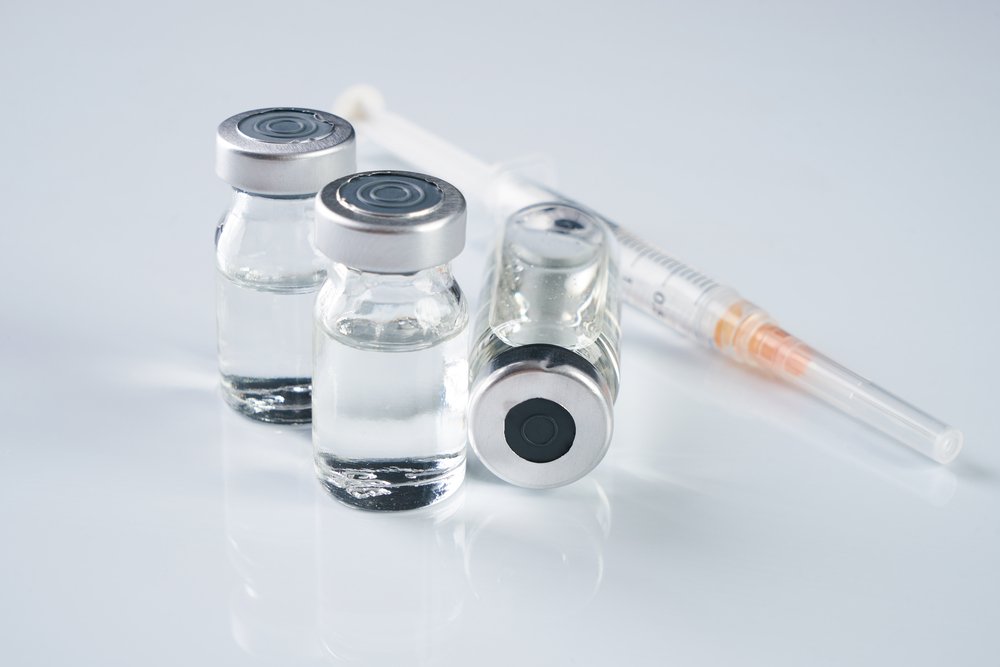Long-acting Signifor Has Similar Safety Profiles as Twice-daily Treatment in Cushing’s Patients, Trial Showed

A long-acting, once-a-month treatment of Signifor (pasireotide) normalized cortisol levels in 40% of patients with Cushing’s disease whose disease had recurred after surgery, or who were not candidates for surgery, according to new data from a Phase 3 trial.
The safety profiles of the once-monthly regimen proved to be similar to standard twice-daily Signifor treatments, researchers found.
The study, “Efficacy and safety of once-monthly pasireotide in Cushing’s disease: a 12 month clinical trial,” was published in the journal The Lancet Diabetes & Endocrinology.
Novartis‘ Signifor in its twice-daily injection formulation has already been approved for treating Cushing’s in the U.S. and elsewhere.
The 12-month, Phase 3 trial (NCT01374906) was conducted at 57 sites in 19 countries. The study included 150 patients with Cushing’s whose cortisol levels had risen or not dropped at all after surgery, or who were unable to undergo surgery.
Between Dec. 28, 2011, and Dec. 9, 2014, participants were randomized to receive either 10 mg or 30 mg of Signifor every four weeks, via an injection to the muscle. If, after four months of therapy, cortisol urinary levels (mUFC) were 50% greater than the upper normal limit, the dose could be increased from 10 mg to 30 mg, or from 30 mg to 40 mg. It could also be increased after seven, nine, or 12 months if the mUFC concentration was greater than normal.
The goal was to normalize average concentrations of free cortisol in the urine to less than or equal to the upper normal limit at month seven. It was met by 31 of the 74 patients in the 10 mg group (41.9%) and 31 of the 76 patients in the 30 mg group (40.8%).
The most common adverse events were hyperglycemia (high concentration of blood sugar), diarrhea, cholelithiasis (gall stones), diabetes, and nausea.
The researchers consider this treatment to be a good option for patients whose disease has returned after surgery, or who cannot undergo surgery. The long-lasting treatment schedule of one injection per month is more convenient for patients than the twice-daily subcutaneous injection, making it more likely that they would not discontinue treatment.
“Surgical resection of the causative pituitary adenoma is the first-line treatment of choice for most patients with Cushing’s disease, which leads to remission in greater than 75% of patients if done by an expert pituitary surgeon,” wrote Dr. Andre Lacroix, MD, a professor in the Department of Medicine at the University of Montreal teaching hospital, and colleagues.
“However, surgery is not always successful, and disease recurrence can occur several years after initial remission, while some patients refuse or are not candidates for surgery. As a result, many patients require additional treatment options.”
“Long-acting pasireotide normalized mUFC concentration in about 40% of patients with Cushing’s disease at month 7 and had a similar safety profile to that of twice-daily subcutaneous pasireotide,” the team wrote in the study.
“Long-acting pasireotide is an efficacious treatment option for some patients with Cushing’s disease who have persistent or recurrent disease after initial surgery or are not surgical candidates, and provides a convenient monthly administration schedule,” researchers concluded.






